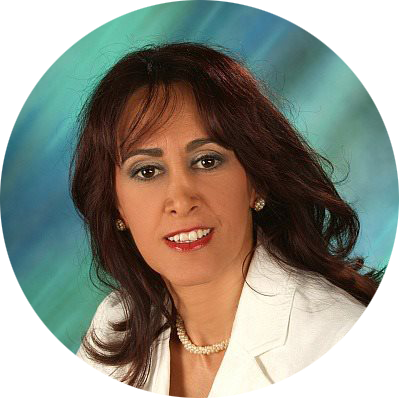When I was a young chemistry student (before many of our readers were born), we had long arduous sessions of calculating the Hydrophilic-Lipophilic Balance (HLB) of a blend of emulsifiers in order to find the most suitable emulsifier for a blend of oils. And when I say oils, I mean all lipophilic chemicals – ranging from different paraffins to silicones and not only plant oils.
Those times have now changed. Particularly in natural & organic cosmetics you don’t need to calculate the required HLB to second decimal digit to find the most suitable emulsifier for your system. In fact, you don’t need to calculate the HLB at all.
All Emulsifiers are Surfactants
You know that oil and water do not mix. In order to bind these two phases together, we use a surfactant. Surfactants are like the pacifiers of oil-water systems, where they bring non-miscible ingredients together. A surfactant, a surface active agent, has both hydrophilic and lipophilic parts in the same molecule, enabling it to bring oil (lipophilic) and water (hydrophilic) together.
Why do we use the term ‘surfactant’ here and not ’emulsifier’? The two can basically be used interchangeably but there is a fine line between them. Surfactants are ingredients that bring water and oil together, and emulsifiers are part of that family.
The Hydrophilic-Lipophilic Balance (HLB)
Now let’s look at HLB – what is it exactly?
The Hydrophilic-Lipophilic balance of a surfactant expresses the balance between the hydrophilic (water-loving) and the lipophilic (oil-loving) parts of an amphiphilic molecule (a molecule that has both lipophilic and hydrophilic parts). The HLB system was defined over 60 years ago first by Griffin and was later expanded by Davies. This system is only applicable to non-ionic molecules and applies to Polyethylene Glycol (PEG)-derivatives.
According to Griffin and Davies, every surfactant has an HLB value of between 0 and 20, 0 being the very water insoluble/oil soluble and 20 being the completely water soluble/oil insoluble end of the scale.
Between 0 and 20, depending on their HLB value, surfactants have variable properties and applications from wetting agents (wetting a powder into an oil for example) to solubilizers (solubilizing a perfume oil into water).
Why you should ignore HLB
Each ingredient has a specifically required HLB in order for it to be emulsified. Cetyl alcohol for example requires an HLB of 15.5 whereas hemp seed oil requires an HLB of 7 to be emulsified in water. When you know the right HLB value for your ingredient, you have to calculate the right composition of different emulsifiers to achieve the required HLB to emulsify a given blend of cetyl alcohol and hemp seed oil.
As a formulator of natural and organic cosmetics, you are mainly going to work with plant oils (required HLB 6-8), esters of fatty acids (required HLB around 12) and fatty alcohols and fatty acids of natural origin (required HLB of 14-15).
So why should you ignore HLB altogether? For the following reasons:
- This system was basically created for PEG-derivatives. Polyethylene glycol is a synthetic ingredient and is not used in natural and organic cosmetic products.
- This system is only valid for non-ionic surfactants and many innovative plant-based and natural emulsifiers have some ionic characteristics.
- Since the system is not fully adapted to modern emulsifiers and surfactants, most suppliers of emulsifiers do not mention any HLB value for their emulsifiers at all, or only mention an approximate value or a range.
Don’t bother calculating HLB values for natural skincare
Most importantly, you don’t need hours and hours of mind blowing calculations and spreadsheets to calculate your emulsifier blend. Anyone who encourages you to calculate the HLB of your emulsifiers will be mainly used to working with synthetic emulsifiers and won’t necessarily understand the nuances of natural cosmetic formulating.
All you need to know is whether the emulsifier is a water-in-oil or oil-in-water and its approximate HLB to know whether it works better for oils, fatty acids or fatty esters. Read my previous post about the 17 points to consider when choosing an emulsifier.
Leave the HLB system to the dinosaurs of the industry like me and to those who still blend paraffins and silicones together with PEG-emulsifiers and need the exact HLB for their systems. Feel free to fully ignore the HLB of your emulsifiers and enjoy your creative formulating instead.
What do you think of the HLB system? Leave us a comment below.
Leave us a comment

Dr. Elham Eghbali was Formula Botanica’s Cosmetic Chemist between 2014 and 2018. She has over 20 years’ industry experience and is based in Bavaria, Germany. To read more about Formula Botanica’s team, visit our staff page.



























